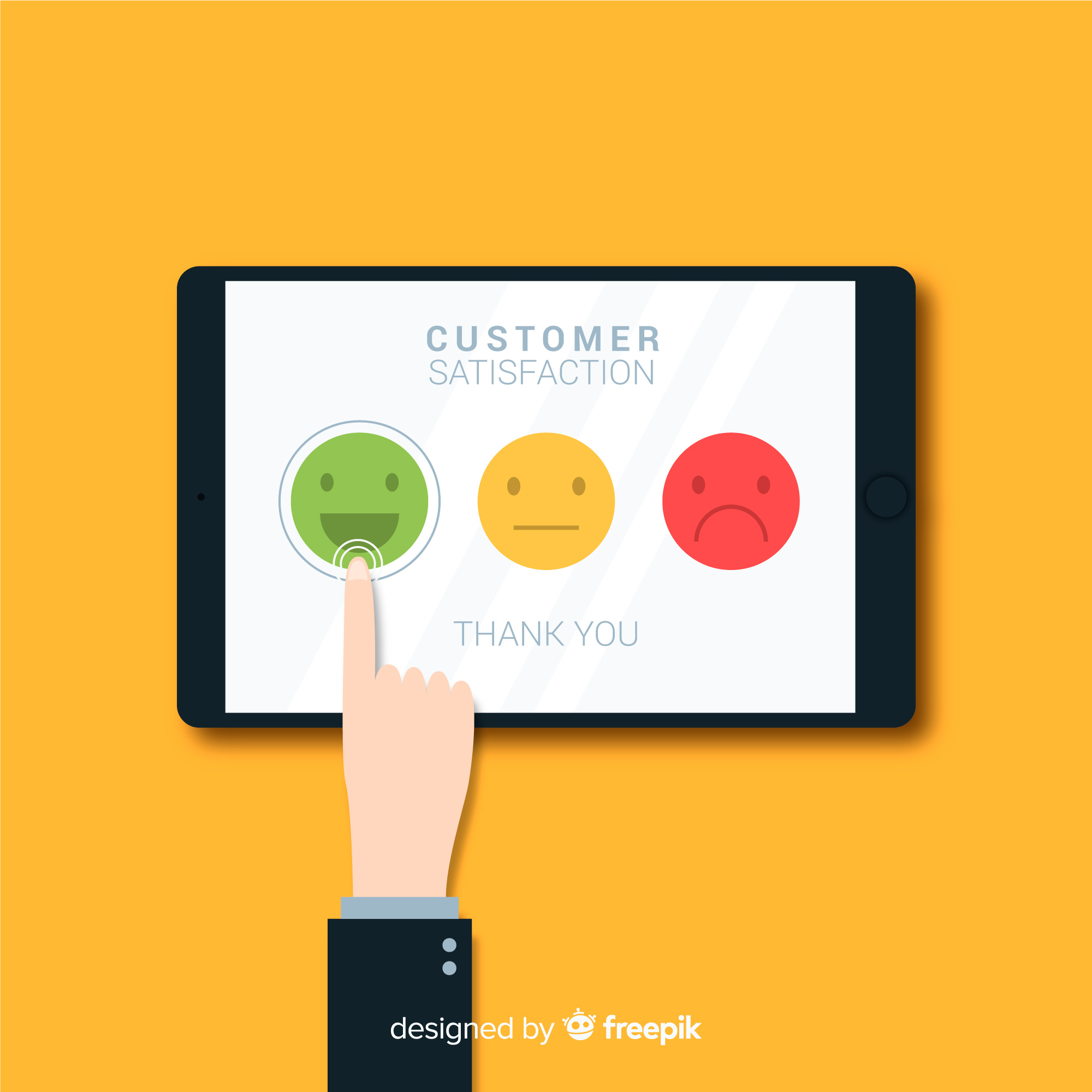Recently, I worked evaluating whether offering Free Trials would help to achieve the goals of a product and defining the Free Trial scope. In this article, I will talk about the most critical parts of this work: evaluating strategic fit, deciding on Trial terms, and defining the success milestones.
Strategic fit of Free Trials
Generally speaking, the underlying goal of every Free Trial is to convert prospects into paying customers. Beyond that, you may have other goals. For example, you may want to promote a new feature of your consolidated product. Or you may want to promote your new product. Or you may want to match your competitor offering. Depending on both internal and external factors (i.e., the environment in which your product lives), you would have different goals. You need to make sure that these shorter-living goals are aligned with your overarching vision.
Let's say that, for example, you are evaluating Free Trials for your new product, a developer tool. Your goal might be to get developers comfortable building small applications without making large financial investments. Once they get used to your tool, they can convert into paying customers. And your overarching vision might be to provide higher levels of abstraction so that your customers can do more with their developer tools. In this case, Free Trials would be a good strategic fit for you. With them, you could achieve your goal and, therefore, complete steps towards realizing your vision.

Before jumping on implementing a Free Trial strategy, you must assess whether that strategy is aligned with your goals and your vision. You might want to consider alternatives to Free Trials.
Alternatives to Free Trials
There are a number of alternatives to allow prospects to evaluate your SaaS offering. I discuss here the benefits and the drawbacks of some of them.

- Sandbox demo: In this scenario, prospects try your product in a controlled environment. This increases the effectiveness of a demo. However, this does not allow prospects to fully evaluate your offering (i.e., operating environment with real data), which may be ok depending on your case.
- Paid Proof of Concept: The cost of POCs (typically a few thousand dollars) is not much for businesses at the enterprise level. However, this may not be a good option if you target different types of users.
- 90-day “out” clause: This can be paid or free. Prospects can opt-out after a number of days (e.g.: 90 days). They will opt-out if they do not get value out of the evaluation. Your job would be to ensure they get value. This approach is not widely used and suits enterprise evaluations better. Besides, this alternative would not apply if you followed a business model in which customers do not need to opt-out pay-as-you-go model (e.g.: pay-as-you-go).
- 90-day Money-Back Guarantee: In this scenario, if your prospect does not seem satisfied, you would offer help to achieve value. You must fulfill the refund obligation if your prospect formally requests so. As with the “out” clause, this approach is not widely used and suits enterprise evaluations better.
- Freemium: In this scenario, you give away access to some or all of your products for free forever. There is no time limit. Limitations may be around other things including features and usage. This model may be appropriate when the market size is significantly large and the “free riders” add value over time – to you and your paying customers. If your SaaS offering is built on top of open-source software, many users add value to the technology already. Moreover, the Conversion Rate is really small in this model (around 3%). To make matters worse, overcoming free-product expectations would be extremely difficult once you have hooked prospects with free.
- Free Trials: In this scenario, you offer your paid product for free for a limited time only. Although Free Trials share some of the challenges of Freemium (e.g.: learning curve, switching costs, and scarcity of time), they might be better suited for your goals. To begin with, you do not set free expectations. As a consequence, Free Trials are proven to result in conversion rates of around 30% if done right (see SaaS conversion benchmark for more information about conversion metrics).
Read more about alternatives in the articles "Free Trials Do Not Devalue Your Enterprise SaaS" and "Freemium or Free Trial?" by Lincoln Murphy, and "Why Offering a Free Trial Might Be Dangerous For Your SaaS Product" by Neil Patel.
The terms of your Free Trials
Once you decide to use a Free Trial model, one of the first things you need to do is define the terms of the trial. I introduce some of your options here.

- Length: This has to be long enough for prospects to feel like they can adequately evaluate your SaaS offering. Based on feedback from your prospects, one month or seven days could provide your customers enough time to complete the product evaluation. Lincoln Murphy, in his article "The Best SaaS Free Trial Length", talks in detail about Free Trial length.
- Opt-in vs opt-out: Opt-in Free Trials can be started without a credit card, and customers have to actively opt-in. Opt-out Free Trials require a credit card, and customers have to actively cancel. In general, the former will entice more prospects, while the latter may result in a higher Conversion Rate. Regardless of the choice, prospects will not convert unless you walk them through the evaluation to achieve the value they are after. Depending on the environment in which your offering operates, time could be a precious asset hardly to be compromised. Because of that, adding steps to realize the conversion (i.e., having to opt-in) might not be an acceptable option. If that is the case, you might want to consider requiring a credit card to sign up. That said, Lincoln Murphy warns about requiring credit card to sign up.
- Limitations: These can come in a range of forms including limited features and usage. Why limit access to things that make your offering great? Your goal is to convert as many prospects as possible. You do not want to limit prospects’ experience but rather expand it.
It is about your customer's goals, not about yours
A successful evaluation will happen when your prospects, not you, achieve their desired outcome (i.e., they got value or see value potential in your relationship). You need to understand what desired outcome means to your prospects and how they get there (i.e., success milestones). Only then, you can walk them through the evaluation and convert them into customers.

Your success milestones will differ from your customer's success milestones. You have to map both so that you understand how to better help them achieve their desired outcome. For example, if you offered a data streaming product, your product success milestones would include sign-up, connecting, streaming, consuming, and, voila, paying customer. On the other hand, your customer success milestones would include things like the decision to embrace your product and the migration of their current approach.

That's all folks!
I hope you are enjoying reading my posts. I would love hearing what you think about these guys and/or what other means you use to stay updated.
Don't miss my next post! I am going to talk about Product Requirement Documents (aka PRDs).
I'll be waiting for you!
